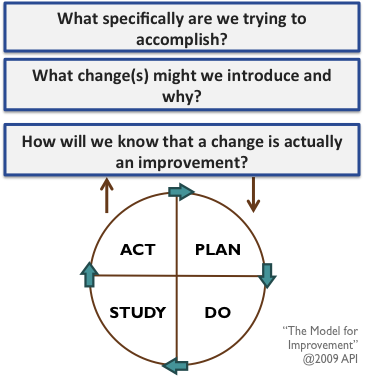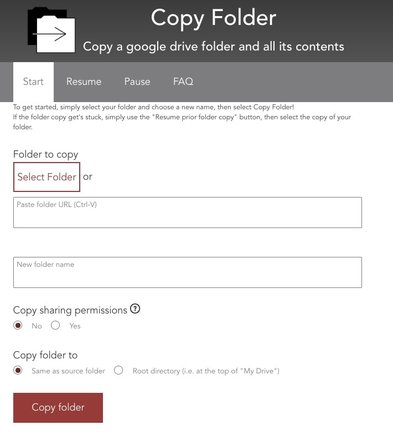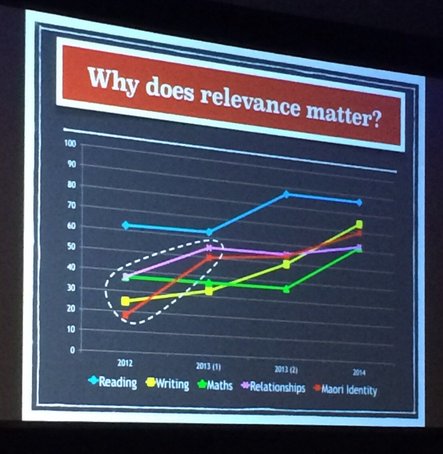|
I was fortunate enough to attend the 2017 Carnegie Summit on Improvement in Education in San Francisco for the past two days. This conference focused on using the tools of Improvement Science to help organizations solve larger problems, especially those related to issues of equity in education. While the two days were packed full of learning, I had some key takeaways from the experience.  First, many organizations are working on creating effective online communities of practice, but have limited success with implementation. It is clear that there is great potential in using the unique tools of an online space to create meaningful extended learning experiences. Participants are able to engage with different kinds of media, increase processing time and provide each other with feedback that is often neglected during face-to-face sessions. The trouble seems to be in making sure the online space is created and launched in a way that has the intended outcomes for participants. This is a problem of practice that I am very interested in studying. Since I am not familiar with Improvement Science, it was also recommended that I practice Improvement Science personally before looking to extend it to others. As a result of the conference, I have decided to practice using Improvement Science to systematically approach this problem and share my experiences and reflections with others. Hopefully, I will be able to gain some useful insights that help us better leverage the power of online communities to drive work forward. Second, I was particularly impressed by the work of Becky Kanis Margiott and Joe McCannon and the Billions Institute. Their keynote focused on unleash great ideas in order to positively impact the world on a grand scale. Joe did an excellent job explaining the larger concept of scaling-up great work while Becky provided a concrete example through her work helping house 100,000 of the most vulnerable homeless people across the United States. The back-and-forth format did an excellent job providing a clear vision for how we can expand successful initiatives to have a greater impact. I would be leaving out a major asset to this keynote if I did not mention how vulnerable Becky was during the presentation. I was honored to hear her story of coming out and leaving the military, accompanied by several quips that played upon lesbian stereotypes. Her unapologetic and authentic approach to her story made it both memorable and inspiring. Last, but not least, was the final keynote of Jeff Duncan-Andrade. He made incredibly profound statements, focused on the incredibly alarming inequity that plagues the American education system. Many of the elements were similar to his previous TED talk below. In addition to his thought-provoking message, he also dug deeply into the importance of supporting students in understanding their personal cultural identity. He showed a powerful video of students at a Maori school engaging in the customs of their culture. This school focuses on and measures the students' sense of identity as a part of their educational experience. With supporting data (below), the school demonstrates how focusing on the student's sense of identity also lead to long-term growth in their academic achievement. Most importantly, Jeff points out this change occurred after several years - a length of time that would be too long for many American schools to continue with any single strategy. I believe I will continue processing this keynote both professional and personally for a long time. I look forward to continue sharing my work related to this conference in the future and learning more about Improvement Science. If you have any tips of recommendations, I would love to hear your thoughts in the comments below!
0 Comments
 Yesterday, I was able to attend an Improvement Science Workshop put on by the Eagle Rock Professional Development Center. They offer a variety of professional development for schools across the country. We spent the day examining a problem of practice using improvement science. Thankfully, the presenter emailed out a Google Drive folder with all of the materials from the session in electronic form ahead of time. I was able to use a Chrome app called Copy Folder to make a copy of all of the folder materials at once (instead of the usual copying every file). This process was relatively easy and allowed my to select the folder directly from my Drive, name the new folder, copy sharing permissions (or not) and place it where I wanted in my Drive. I would recommend sharing this as a resource if you ever share a folder with participants and want them to make their own copy of multiple documents. When I got assigned to my working group, I shared the folder with them and we were able to collaborate on many of the tasks from the workshop electronically. While my group members primarily engaged on the process using the posters and sticky-notes provided to us, I had the flexibility to express my thinking electronically and more importantly, capture all of my group's thinking in a way that would be easily referenced later. Oftentimes, posters from workshops are never referenced again and thrown away or recycled. By having an electronic archive, I know that our group will be far more likely to reference our work again. One document that gave me difficulty, however, was a Fishbone diagram. The electronic version was not very user-friendly for filling out electronically. Instead, I decided to use Lucidchart to create my own version of the diagram. I was satisfied with Lucidchart, but I'm not sure I would pay for a premium account. You are limited to 3 documents in a free Lucidchart account, but I think I will stick with the free account until I dig more into concept mapping software. Overall, it was very satisfying to engage with the workshop materials in a way that resonated with my working style. I am thankful that the team from Eagle Rock gave me the chance to explore what electronic engagement in a workshop can look like. Do you give your participants the chance to engage electronically? What has worked? Share your stories in the comments!
|
AuthorMattea Garcia is a human-centered problem-solver dedicated to improving learning and technology experiences. This blog is dedicated to reflections on leadership, educational technology, instructional coaching, educational equity, and more. Archives
June 2022
Categories |

 RSS Feed
RSS Feed
